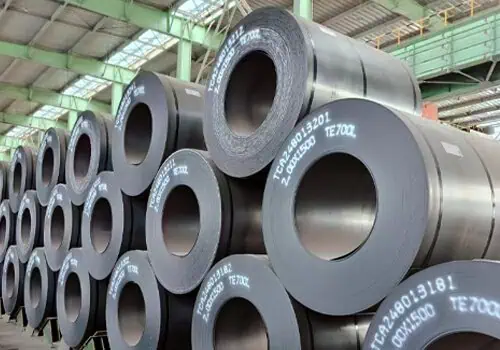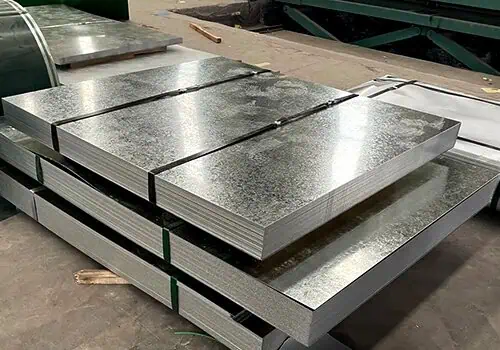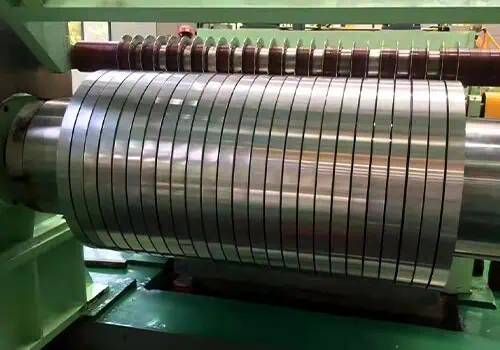What are the different types of steel products? You are not the only one confused by this question. In this guide, I’ll break down the complexities so you can confidently choose the right steel material.
There are five main types of steel products: acero carbono, acero inoxidable, acero galvanizado, bobina de aluminio, and copper products. Each fits specific needs in strength, resistencia a la corrosión, and conductivity. The right choice depends on industry, environment, and technical use.
Let’s explore each type and its real-world application to help you make sourcing decisions.

What Is Carbon Steel Used for in Construction and Manufacturing?
Carbon steel is one of the most basic yet widely used types of steel. It’s especially popular due to its low cost and good mechanical performance, making it ideal for many industries.
Carbon steel is commonly used in pipelines, beams, machinery, automotive frames, and steel structure building projects. It offers high strength at a low price but lacks corrosion resistance.
There are several carbon steel types, categorized mainly by carbon content:
- Low carbon steel(up to 0.25% carbón): Easy to weld, used in sheets, tubería, y barras de refuerzo.
- Medium carbon steel(0.25–0.6% carbon): Better strength and wear resistance. Used in railways and shafts.
- High carbon steel(above 0.6% carbón): Extremely hard and used in tools, springs, and blades.
Each carbon steel group plays a different role in industry, contributing to various levels of hardness, ductilidad, and tensile strength.
Why Is Stainless Steel Preferred in Harsh Environments?
Stainless steel is valued for both durability and appearance. As one of the most corrosion-resistant types of steel products, it’s frequently used where hygiene or exposure to moisture matters.
It’s commonly found in food processing equipment, kitchenware, surgical instruments, marine parts, and architectural panels.
Among stainless steel types, the most popular are:
- 304 acero inoxidable: Versatile, affordable, widely used indoors.
- 316 acero inoxidable: Contains molybdenum, excellent against saltwater and chemicals.
- 430 acero inoxidable: Ferritic, magnetic, used in household appliances.
Each belongs to different steel groups based on their alloy content and performance. Most stainless steels contain cromo (at least 10.5%), which is the element responsible for corrosion resistance.
These types of steel grades allow engineers to select materials based on expected wear, corrosion, and budget.
What Is Galvanized Steel and Where Is It Used?
Acero galvanizado is carbon steel with a protective layer of zinc applied to resist corrosion. It’s one of the most effective low-cost solutions for rust prevention.
This type of steel material is widely used in roofing, fencing, agricultural tools, guard rails, and HVAC ducting. Its zinc coating provides excellent protection against rain and moisture.
There are two major methods of galvanization:
- Hot-dip galvanizing: The steel is dipped into molten zinc. Thicker coating, more durable.
- Electro-galvanizing: A thinner zinc layer applied electrically. Smoother finish.
Though it doesn’t have the aesthetic appeal of stainless steel, galvanized steel remains a reliable choice in types of steel used in construction, thanks to its cost-effectiveness and moderate strength.
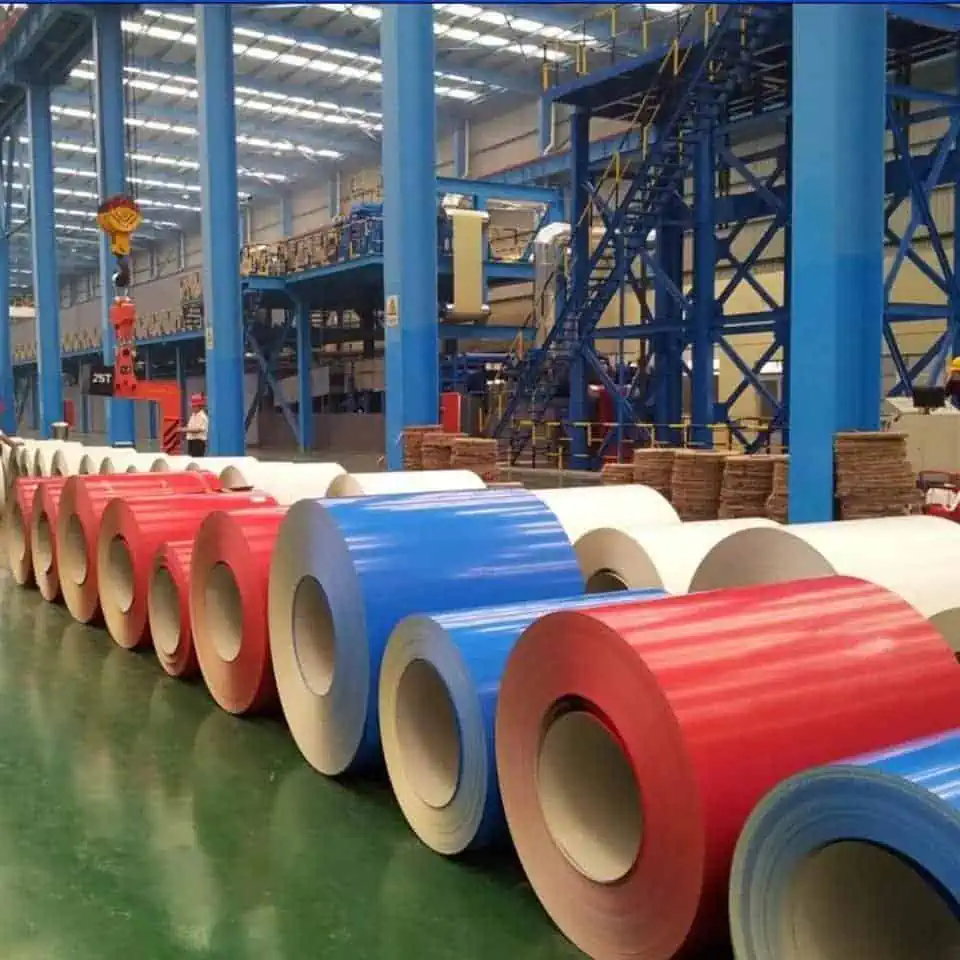
What Makes Aluminum Coil Suitable for Lightweight Applications?
Bobina de aluminio, though not technically steel, is often grouped with types of steel products due to its similar use in construction and manufacturing.
This lightweight, corrosion-resistant metal is used in roofing, external cladding, air conditioning systems, and electrical enclosures. Its high thermal and electrical conductivity also makes it a top choice in electronics.
One major advantage is that aluminum is 100% recyclable without loss of performance, making it environmentally friendly. Coated aluminum coils enhance both durability and design versatility.
Because of its low density, aluminum is ideal when weight reduction is a concern, such as in transportation, aerospace, and green architecture.
How Are Copper Products Used in Electrical and HVAC Industries?
Copper products stand out due to their unmatched thermal and electrical conductivity. In the steel products export category, copper remains a premium material for critical electrical and thermal applications.
Copper is extensively used in:
- Power cables and wiring
- Busbars
- Heat exchangers
- Plumbing systems
- Air conditioners
Though more expensive than other metal materials, copper offers long-term value by reducing energy losses and increasing durability.
Its ability to resist oxidation and tolerate high temperatures makes it irreplaceable in power infrastructure and HVAC systems. In some high-end industrial equipment, copper components are combined with high carbon steel or stainless steel for hybrid performance.
What Products Are Made Out of Steel?
Steel is one of the most versatile materials on earth. Due to its adaptability, fortaleza, and affordability, thousands of products across every industry rely on steel.
Examples include:
- Skyscrapers and bridges
- Automobiles and trucks
- Kitchen utensils and cutlery
- Tools and heavy machinery
- Shipbuilding and oil rigs
- Pipes and pressure vessels
Whether you’re dealing with 12 types of steel or more specialized forms, steel’s universal presence cannot be overstated. It is the backbone of modern life and industrial development.
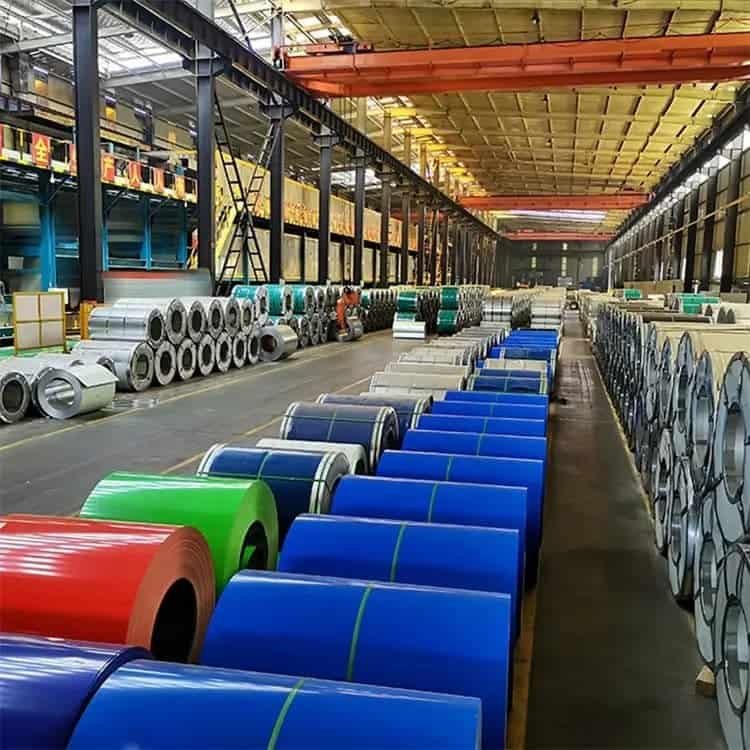
How Many Grades of Steel Are There?
Globally, there are over 3,500 officially recognized types of steel grades. These grades are grouped by composition and application, including carbon steel types, stainless, tool, alloy, and structural steels.
These grades influence strength, ductilidad, resistencia a la corrosión, and heat tolerance. Engineers select based on project needs—whether for pressure-bearing pipelines or high-precision parts.
Common examples include:
- A36 (structural low-carbon steel)
- 304/316 (stainless steel grades)
- H13 (tool steel for molds and dies)
By understanding what is steel composed of—mainly iron with varying levels of carbon and alloying elements—you can identify the right grade for your application.
What Is the Cheapest Grade of Steel?
If you’re price-sensitive, low carbon steel like A36 is your go-to option. It’s widely available, easy to work with, and suitable for general structural use.
Low carbon steels are ideal for:
- Welded structures
- Light fabrication
- Furniture frames
- Automotive panels
Sin embargo, this affordability comes at the cost of reduced strength and corrosion resistance. Still, it’s a great entry-level steel material for non-critical applications.
Its simple composition—mainly iron with about 0.2% carbon—means it’s inexpensive to produce and very adaptable to fabrication.
What Is the Highest Quality Steel?
When it comes to strength and precision, tool steels and high carbon steel stand at the top. These are used where hardness and heat resistance are critical.
Examples of high-end types of steel include:
- AISI H13: Tool steel for die casting molds
- Maraging steel: Used in aerospace and defense
- T1 steel: Tungsten-based high-speed steel
These materials are used in:
- Jet engines
- Nuclear power plants
- Molds and dies
- Military equipment
While expensive, their performance, longevity, and safety make them indispensable for high-value industries.
What Is the Most Commonly Used Steel?
The most widely used types of steel products globally are A36 carbon steel and 304 acero inoxidable. They offer the best mix of price, availability, and performance.
These two grades cover a wide range of applications:
- A36: Frames, supports, construcción
- 304: Appliances, kitchenware, building finishes
Their popularity comes from the balance they strike between mechanical properties and corrosion resistance, making them go-to choices for many sectors.
Thanks to these well-known steel names, sourcing and certification are also easier when working with international suppliers.
Resumen
Need help selecting the right steel? Contáctenos for expert guidance, competitive pricing, and timely delivery from China’s trusted supplier.

